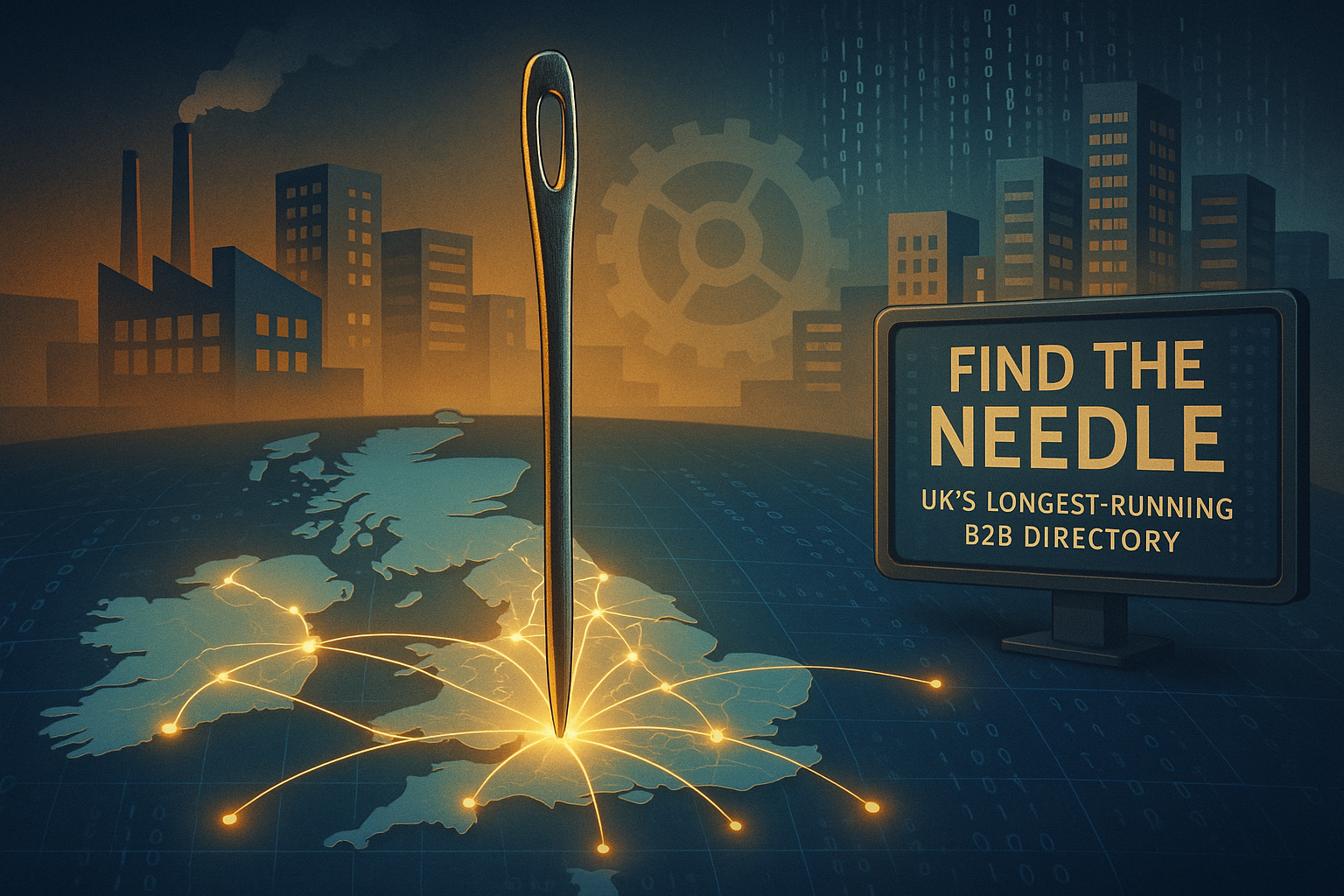Guide to Employee Assessments for Development Success
- 08 Oct 2024
- Articles
You hear employee development and think of training programs or occasional workshops. There’s actually more to it. Employee development is about creating a structured, ongoing process that helps employees grow their skills and capabilities over time.
One of the most effective ways to drive this growth is through assessments. When done right, employee assessments become the foundation for career development, future success, and organizational improvement. Let’s dive into the ins and outs of employee assessments, and how they can lead to development success.
Why Employee Assessments Matter
While performance reviews are part of the picture, assessments go beyond just measuring how well someone did on the job over the last six months. They can be a strategic tool to identify strengths, pinpoint areas of improvement, and guide an employee’s development journey.
A good assessment acts as a roadmap, highlighting where an employee stands today and where they can go tomorrow. When companies invest in assessments, they’re investing in both the individual and the future of the business.
Different Types of Employee Assessments
When it comes to employee assessments, there’s no one-size-fits-all approach. Different assessments focus on different aspects of an employee’s development. Let’s break down the most common types.
Performance Assessments
Performance assessments evaluate how well an employee is doing their job. These are often conducted annually or semi-annually and focus on an employee’s ability to meet set goals and objectives. It’s important to note that these aren’t just about hitting targets—they also look at soft skills like teamwork, communication, and leadership.
Skill Assessments
These are designed to test specific job-related skills. Whether it's technical skills, like coding for a software developer, or soft skills, like communication for a customer service rep, skill assessments help identify whether employees are equipped with the necessary abilities to succeed in their roles.
Behavioral Assessments
How an employee behaves in various situations can have a significant impact on their success. Behavioral assessments measure traits like adaptability, emotional intelligence, and how well someone works under pressure. By understanding these factors, employers can better tailor development opportunities that help employees thrive in their unique ways.
Personality Assessments
Understanding an employee’s personality can provide insights into how they’ll perform in different roles or under different leadership styles. Popular tools like the Myers-Briggs Type Indicator (MBTI) or DiSC profile are often used in the workplace to understand how an employee prefers to work and interact with others. While these assessments shouldn’t be used to make final hiring decisions, they can certainly aid in personal and professional development.
Cognitive Ability Tests
Some jobs require employees to quickly evaluate complex information or solve problems. Cognitive ability tests, which evaluate the intellectual skills of employees, measure things like reasoning, memory, and problem-solving abilities. These tests can be valuable when identifying employees who may be ready for more complex roles or higher-level responsibilities.
How to Use Employee Assessments for Development
How do you turn results into actionable development plans? Here’s where the magic happens. The real value of assessments lies in what you do after the evaluation. Let’s break it down.
1. Set Clear, Personalized Goals
After an assessment, the first step is to translate the results into specific, measurable goals. Generic feedback like “improve your communication” won’t do much. Instead, say something like, “Attend two public speaking workshops over the next six months to enhance presentation skills.” This makes it clear what’s expected and gives the employee something concrete to work towards.
2. Provide Continuous Feedback
Assessments shouldn’t be a one-and-done deal. They need to be part of a broader development conversation. Ongoing feedback allows employees to track their progress over time. Regular check-ins help keep everyone on the same page and ensure the development plan stays on track.
3. Offer Tailored Development Opportunities
Not all employees learn the same way. Some might thrive in workshops, while others prefer one-on-one mentoring or online courses. Use the assessment results to tailor development opportunities to each individual’s learning style and career goals.
For example, if someone scores high on adaptability but needs help with technical skills, you can offer them more advanced training in their area of expertise.
4. Encourage Self-Reflection
Encouraging employees to reflect on their assessment results is key. Often, employees might not fully recognize their own strengths or weaknesses until they’ve had time to process the feedback. Ask them to think about the results, how they align with their career aspirations, and what areas they’re excited to develop. Self-reflection can be a powerful motivator for growth.
5. Pair Assessments with Mentoring
Having a mentor in the workplace can make a world of difference when it comes to personal development. When assessments identify areas for improvement, a mentor can offer guidance, share experiences, and provide real-world advice on how to overcome challenges. Plus, mentoring can also help employees feel more connected to the organization, improving engagement and retention.
Pitfalls to Avoid with Employee Assessments
While assessments can be a game-changer for development, they’re not without their pitfalls. Here’s what to watch out for to make sure they’re as effective as possible.
Overloading with Assessments
Nobody likes to feel like they’re being tested all the time. Over-assessing employees can lead to fatigue, anxiety, and disengagement. Keep it balanced. Use assessments strategically, and ensure they’re spaced out enough to give employees time to actually act on the feedback.
Making Assessments All About Weaknesses
It’s easy to fall into the trap of using assessments to point out what’s wrong. However, focusing solely on weaknesses can demoralize employees and create a sense of failure. Instead, take a strengths-based approach. Identify areas for improvement, sure, but also celebrate the employee’s achievements and unique talents. After all, development is as much about building on strengths as it is about overcoming weaknesses.
Not Following Through
The quickest way to devalue an assessment is by doing nothing with the results. If employees feel like assessments are just a checkbox exercise, they’re not going to take them seriously. Worse yet, if there’s no follow-up, they might feel unsupported in their development efforts. Make sure that assessments are tied to tangible actions, whether it’s new training opportunities, mentorship, or adjusting responsibilities to better align with strengths.
Benefits of Successful Employee Development Through Assessments
When done right, employee assessments offer tremendous value—not just for the employees but for the organization as a whole. Here are some of the key benefits.
1. Improved Employee Engagement
Employees who feel like their growth and development are being taken seriously are more likely to be engaged at work. When they see that their employer is invested in their success, it creates a sense of loyalty and motivation to give their best.
2. Increased Productivity
Well-assessed and well-developed employees are more productive. When they have the right skills and the confidence to perform their roles effectively, they’re able to work more efficiently. This translates into better output, fewer mistakes, and more innovation.
3. Better Succession Planning
Every company needs to think about the future. Employee assessments can help identify potential leaders and high performers, allowing organizations to plan for succession and ensure continuity in leadership roles. When development plans are in place, these future leaders are better equipped to take on more responsibilities when the time comes.
4. Reduced Turnover
Development opportunities can significantly reduce employee turnover. When employees feel stagnant or unsupported, they’re more likely to look for opportunities elsewhere. Assessments, followed by actionable development plans, give employees a clear path forward in their careers, increasing their likelihood of staying with the company.
Wrapping It Up
Employee assessments are a powerful tool when used correctly. They’re not just about evaluating performance but about helping employees chart a course for future success. By understanding the different types of assessments, avoiding common pitfalls, and focusing on actionable development plans, organizations can foster a culture of continuous learning and growth. And when that happens, both the employee and the company are set up for long-term success.
Remember, development isn’t a one-time event. It’s a journey. And with the right assessments, we can make sure that journey leads to success for everyone involved.








